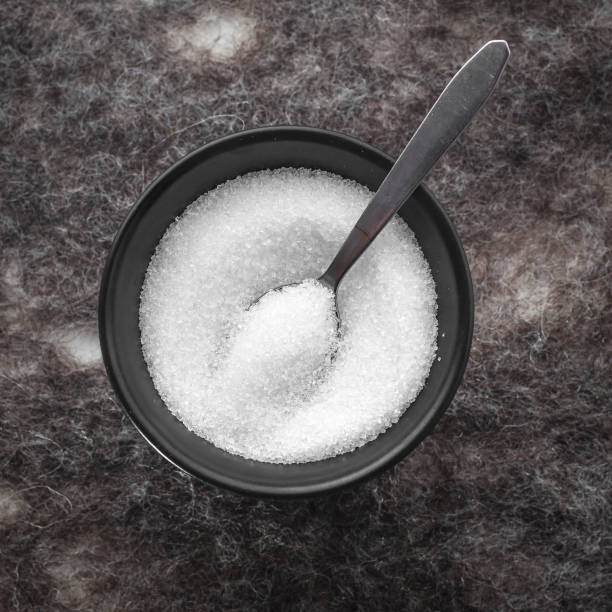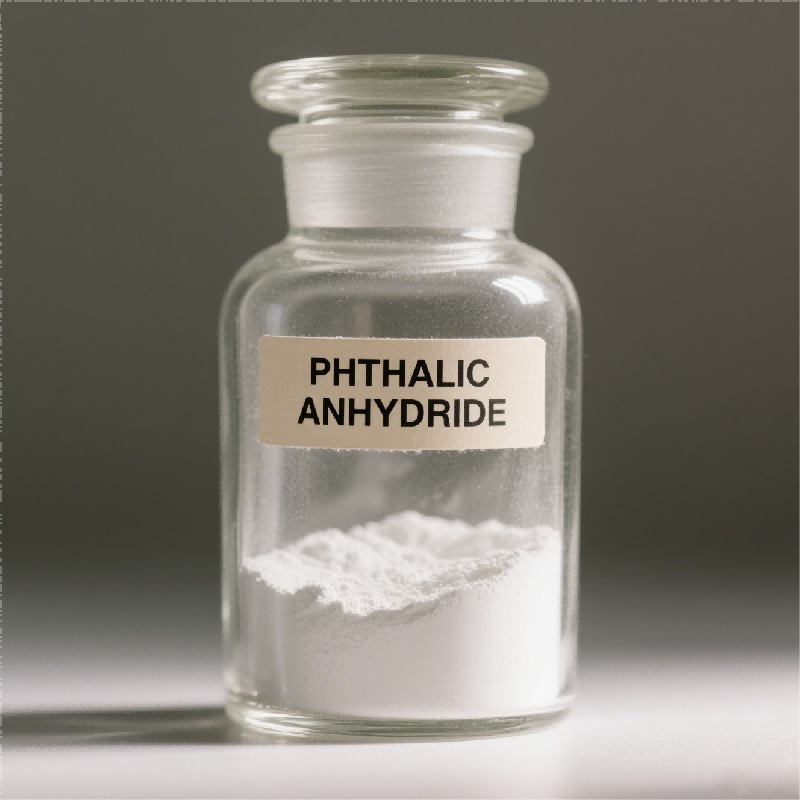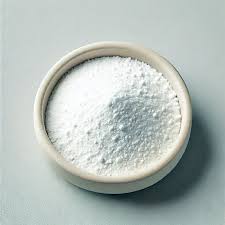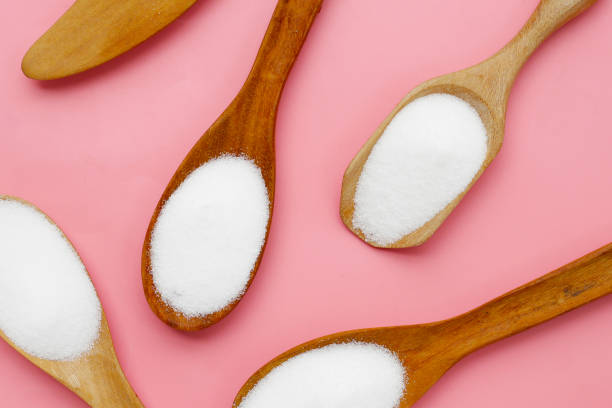¿Es buena o mala la sucralosa?
When it comes to sweetening our favorite foods and drinks without the extra calories, sucralose often takes center stage. Marketed as a zero-calorie sweetener that’s about 600 times sweeter than sugar, it has found its way into everything from diet sodas to protein shakes, baked goods, and even chewing gum. However, the question remains: is sucralose safe for you, or should you exercise caution when using it?
Let’s delve into what sucralose is, how it works in the body, its benefits, potential drawbacks, and what the scientific research says.
What Exactly Is Sucralose?
Sucralose is an artificial sweetener discovered in 1976. Unlike sugar, which your body breaks down for energy, sucralose passes through your digestive system largely unchanged. This is why it provides virtually no calories and has no significant effect on blood sugar or insulin levels.
Chemically, sucralose is derived from sugar by replacing three hydroxyl groups with chlorine atoms. This change makes it non-digestible and gives it that extraordinary sweetness—about 600 times sweeter than regular table sugar.
Why Sucralose Is So Popular
There are several reasons why food manufacturers and home cooks alike love sucralose:
Exceptional Sweetness in Tiny Amounts
Because it’s so much sweeter than sugar, only a tiny quantity is needed to achieve the same taste. This makes it ideal for low-calorie and sugar-free product formulations.
Heat Stability
Unlike some sweeteners that lose their sweetness when heated, sucralose is heat-stable, meaning it retains its flavor during baking, cooking, and pasteurization. You can find it in everything from muffins to bottled iced tea.
Long Shelf Life
Sucralose remains stable in packaged goods for extended periods, making it perfect for products with long shelf lives.
Clean, Sugar-Like Taste
Many consumers find that sucralose doesn’t have the bitter aftertaste associated with other artificial sweeteners like saccharin or aspartame.

Nutritional and Health Advantages
For those trying to reduce their sugar intake without sacrificing sweetness, sucralose offers several benefits:
Zero Calories
Sucralose provides sweetness without adding any measurable calories to your diet, which can be helpful for weight management.
Blood Sugar Friendly
It has a negligible effect on blood glucose levels, making it a preferred choice for many people with diabetes.
Dental Health
Unlike sugar, sucralose doesn’t feed the bacteria that cause tooth decay, reducing the risk of cavities.
Certified Safe for Consumption
Premium-grade sucralose is produced under strict standards and can carry certifications such as HALAL, KOSHER, BRC, FSSC, and ISO, assuring safety and quality.
Technical Quality Standards for Premium Sucralose
While most consumers think about taste and calories, manufacturers pay close attention to specifications. A high-quality sucralose product typically meets these criteria:
| Item | Specification |
|---|---|
| Appearance & Taste | Clear sweetness, characteristic odor |
| Melting Range | 119–123°C |
| pH | 5.0–7.0 |
| Loss on Drying | ≤ 0.2% |
| Residue on Ignition | ≤ 0.1% |
| Assay (dry basis) | 99.5–100.5% |
| Metales pesados | ≤ 0.5 ppm |
| Arsénico | ≤ 2.0 ppm |
| Límites microbianos | Total plate count ≤ 300 CFU/g; Yeast & Mold ≤ 50 CFU/g; E. coli negative |
These strict quality controls ensure that the sucralose you consume is pure, safe, and consistent in performance.
Where You’ll Find Sucralose
Sucralose has become almost everywhere in the modern food supply:
-
Beverages: Diet sodas, flavored waters, energy drinks, and iced teas
-
Baked Goods: Cakes, cookies, muffins, and bread
-
Dairy Products: Yogurts, ice creams, and flavored milks
-
Condiments: Sugar-free ketchup, sauces, and salad dressings
-
Personal Nutrition: Protein shakes, meal replacements, and powdered drink mixes
-
Chewing Gum and Candies: For long-lasting sweetness without cavities
Is Sucralose Safe? What Science Says
Sucralose has been studied extensively for decades. Regulatory bodies such as the U.S. Food and Drug Administration (FDA), European Food Safety Authority (EFSA), and Joint FAO/WHO Expert Committee on Food Additives (JECFA) have all concluded that it is safe for human consumption when used within the acceptable daily intake (ADI).
The ADI for sucralose is 5 mg per kilogram of body weight per day. For a 70 kg (154 lb) adult, that’s 350 mg per day—far more than what’s found in typical daily consumption.
Potential Concerns and Debates
Despite its safety approval, some health professionals and researchers raise concerns about sucralose:
Gut Microbiome Changes
Some animal studies suggest that sucralose could affect gut bacteria composition. However, human evidence is still limited and not conclusive.
Possible Baking Byproducts
When sucralose is heated to very high temperatures (above typical baking levels), trace levels of potentially harmful compounds called chloropropanols may form. That said, normal cooking and baking temperatures are generally considered safe.
Sweetness Adaptation
Some dietitians warn that consuming very sweet-tasting foods—whether from sugar or artificial sweeteners—may train the palate to crave sweetness, potentially making it harder to reduce sugar cravings overall.
The Balanced View: Pros and Cons
Pros:
-
Zero calories, no glycemic impact
-
Safe for diabetics
-
Heat-stable and long shelf life
-
No aftertaste for most people
-
Widely studied and approved globally
Cons:
-
Potential impact on gut bacteria (uncertain in humans)
-
May encourage a preference for sweet flavors
-
Possible formation of trace byproducts at very high heat

Tips for Using Sucralose in Your Diet
If you want to enjoy the benefits of sucralose while minimizing potential downsides, here are some practical tips:
-
Use in Moderation: Stay well within the ADI, which is easy to do given how sweet sucralose is.
-
Combine with Natural Sweeteners: Some people like blending sucralose with stevia or small amounts of sugar for a more balanced flavor.
-
Be Mindful of Overall Diet: Artificial sweeteners aren’t a free pass to eat unlimited desserts. Focus on whole foods and balanced nutrition.
-
Watch for Hidden Calories: Just because something is sweetened with sucralose doesn’t mean it’s calorie-free—other ingredients can still add calories.
Storage and Shelf Life
Premium sucralose should be stored in its unopened original package, kept away from light in a dry place at a temperature below 25°C. Once opened, it’s best to use it quickly to preserve quality. When stored properly, it has a shelf life of 2 years.
Bottom Line: Is Sucralose Good or Bad for You?
For most healthy adults, sucralose is safe and can be a helpful tool for reducing sugar and calorie intake, especially for those managing weight or blood sugar levels. It’s not a magic bullet—no sweetener can replace the benefits of a nutrient-rich diet—but it can be part of a healthier lifestyle when used in moderation.
The “good” or “bad” label depends on your personal health goals, how much you consume, and your overall eating habits. For people trying to cut back on sugar without giving up sweetness, sucralose offers a scientifically supported, practical option.



